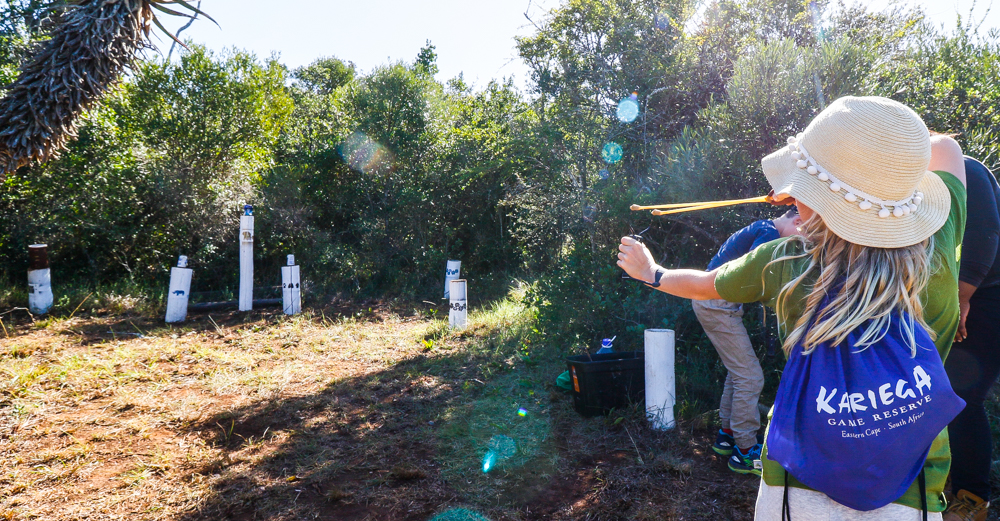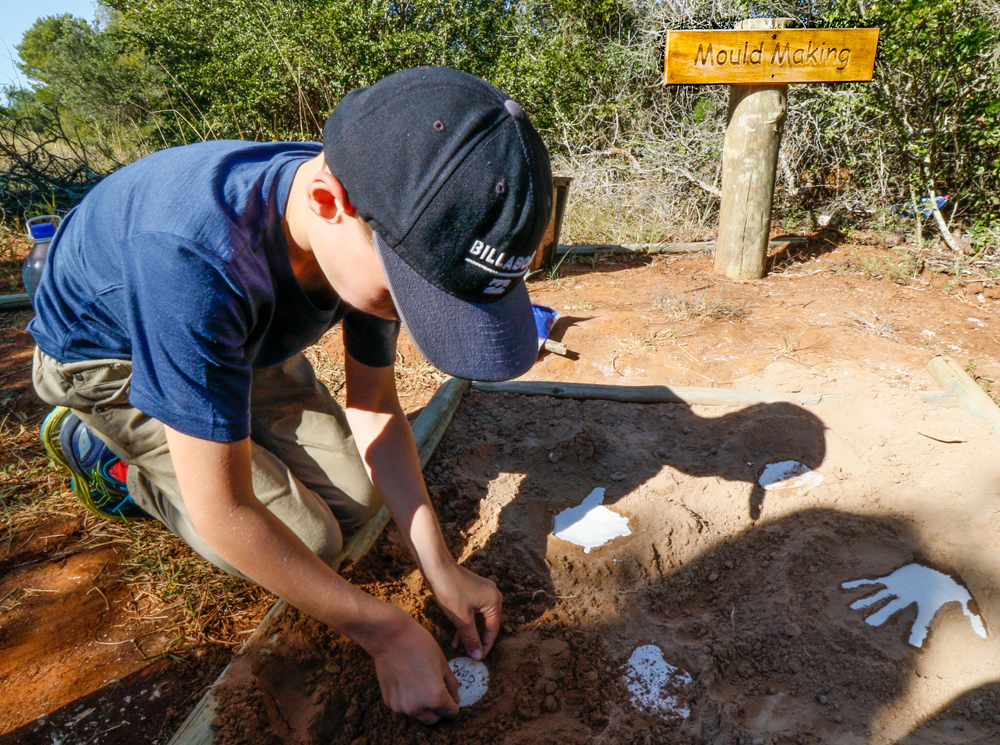African Animal Facts for Kids
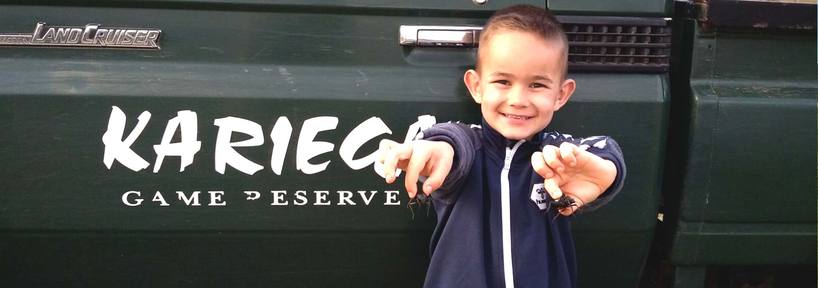
Kariega Game Reserve offers exceptional Big 5 game viewing and birding in diverse African ecosystems, including two major rivers (the Kariega and Bushmans rivers) with access to the Indian ocean. It is an experiences of a lifetime to be surrounded by a herd of African elephants, see a journey of giraffe strolling peacefully over the plains, hear the cry of a fish eagle while on a boat cruise or watch a pride of lions hunting for their next meal. What better way to enjoy learning African animal facts with the whole family, adults and kids alike! Read on for a fact finding mission about the interesting wildlife found at Kariega Game Reserve.
African Animal Facts for Kids
Families with children of all ages are welcome at our Main Lodge and the Homestead. Families with children over 11 years can enjoy a safari with us while staying at Ukhozi Lodge, River Lodge and Settlers Drift. Our qualified and experienced guides are great at answering all sorts of questions and sharing African animal facts with kids (and adults). Here are some animal facts that you may have learnt from your guide while on safari with us, or perhaps you are just reading this to find out some cool facts about African animals for yourself or perhaps to share with your siblings, friends, parents or teachers.
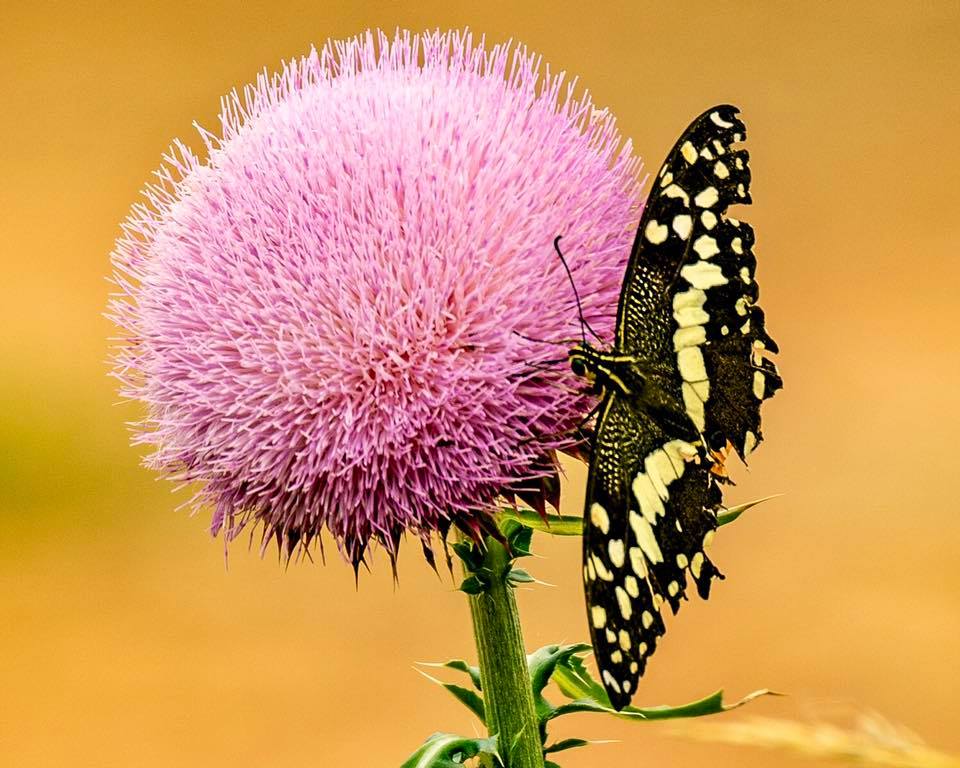
When a caterpillar is in the process of becoming a moth or butterfly, they spin a cocoon where they will stay in until they emerge as an adult after a few weeks. But how does a caterpillar go into the cocoon and come out as a butterfly or moth? What happens inside the cocoon is incredibly freaky! The caterpillar uses enzymes to literally digest itself inside the cocoon (or chrysalis). How gross is that! If you were to cut the cocoon open at this point during the metamorphosis you will only see caterpillar soup oozing out. Eew! But if protected and left to complete the process the highly organised cells, called imaginal discs, will start developing the features of the creature it is meant to be. From 50 cells it will increase to 50,000 cells and finally emerge as a fully developed butterfly or moth. How cool is that?
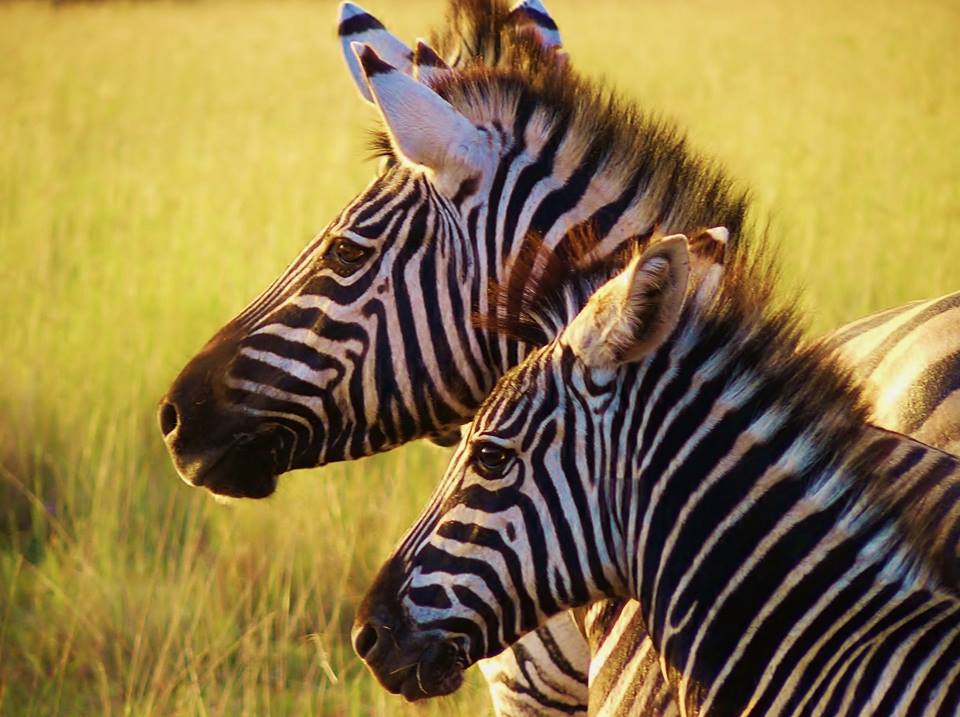
Are zebra's white with black stripes or black with white stripes? What do you think? Well this is a bit of a trick question because if a zebra was to loose all its hair its skin is actually black. It has white and black hair to form the stripes. You will never look at a zebra the same way again!
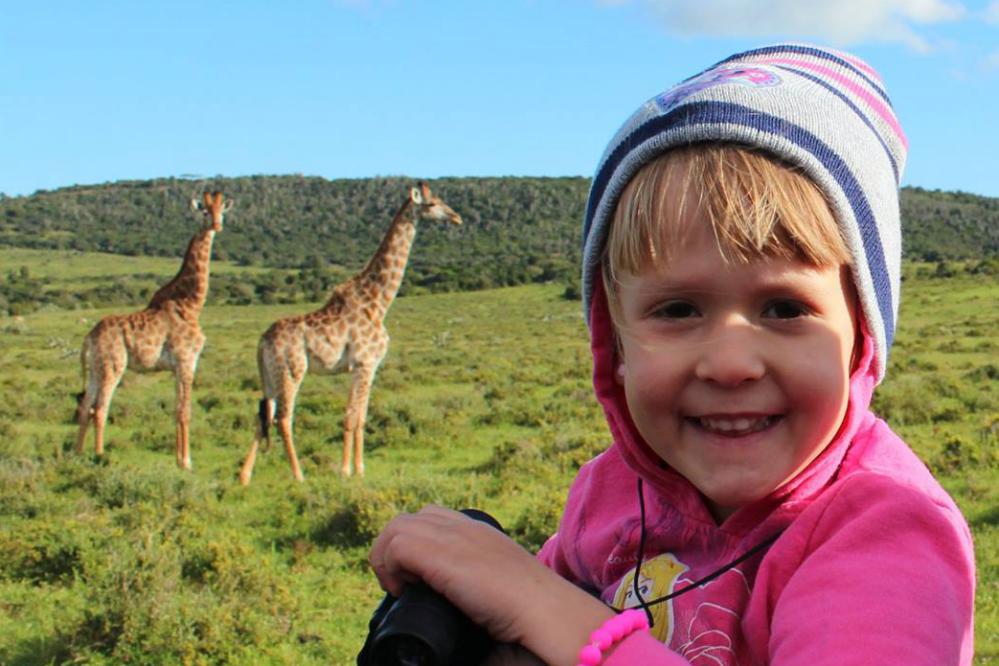
The inside of a giraffe's mouth is quite freaky! As they eat lots of leaves, twigs and thorns and have very long necks for the food to go down to their stomachs, giraffes need a lot of spit to make this process go as smoothly as possible. Spit is produced by a large number of salivary glands inside the giraffe's mouth. These glands look very odd and can be best described as a lot of little tentacles clumped together producing large amounts of spit all the time.
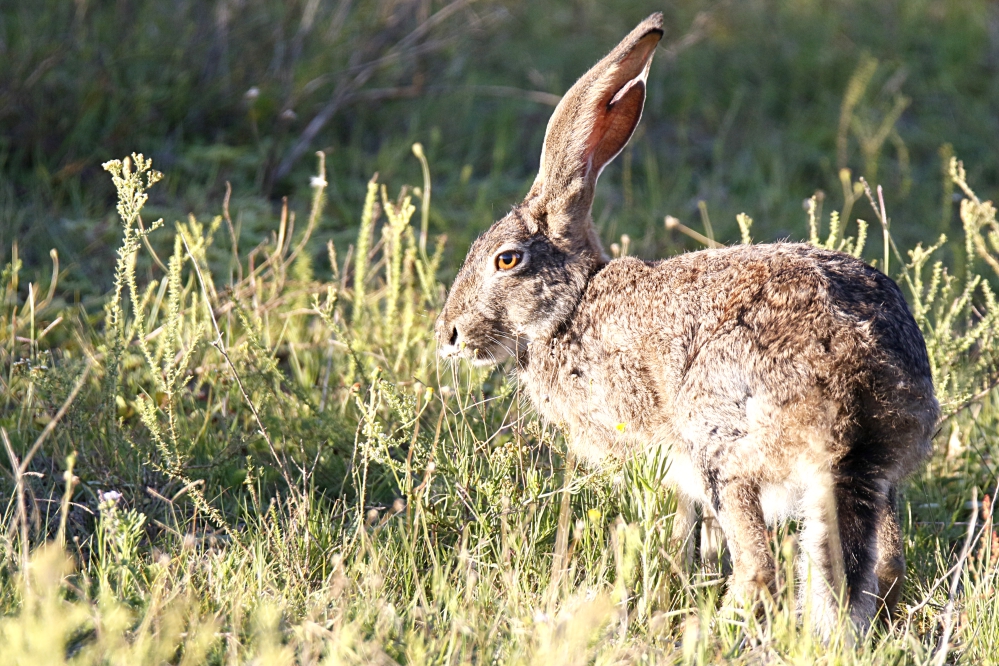
Rabbits and hares are cute and fluffy but you won't go near their mouths if you know what they've been up to.... Rabbit and hares are known to do a thing called coprophagia (copro means poop & phagia means feeding). I'm sure you can see where this is going. To save energy feeding and to get the most of what they eat, rabbits and hares eat their own dung pellets again. The pellets go through their intestines a second time to make sure all the nutrition has been absorbed!
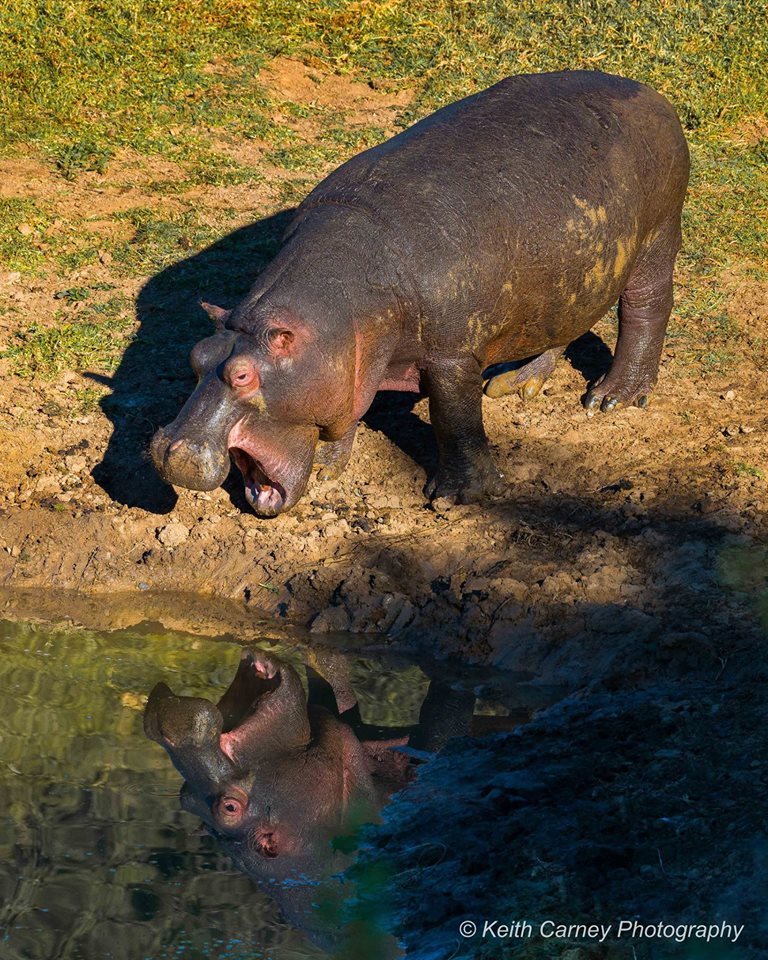
Did you know that a hippo makes its own sunscreen? Well it's true! The skin of a hippo is about six centimeters (2 inches) thick and provides the animal with great protection against predators and when fighting with other hippos. They have glands under their thick skin which will produce a liquid that looks like spots of blood. This liquid acts as a moisturizer and sunblock all in one. Very clever!
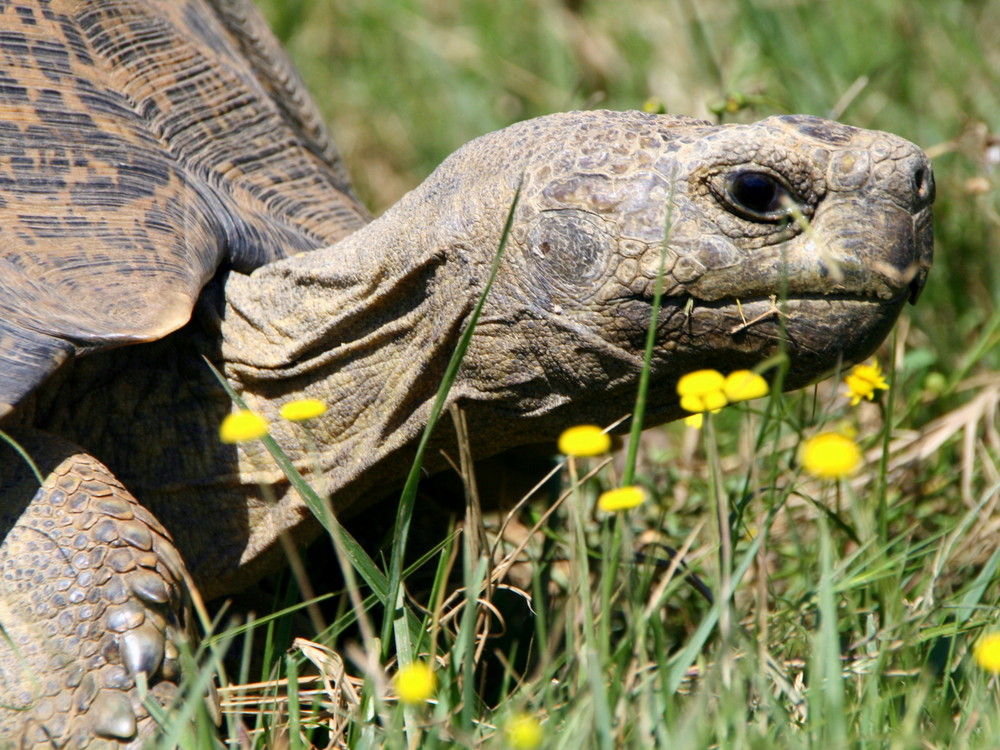
While on safari you may be lucky enough to see a reptile such as a snake, lizard, chameleon or tortoise. The most common tortoise seen at Kariega is the leopard tortoise. This beautiful reptile can grow to around 40 centimeters (16 inches) long and weigh around 13 kilograms (29 pounds). Most of the body weight of a tortoise comes from its shell. The shell is made from calcium, the same compound that our bones and teeth are made from. To keep their shell strong and hard tortoises have to eat lots of calcium-rich foods. How do you think they do that? They can't drink milk or eat broccoli like we do. Tortoises get calcium from, wait for it, carnivore poo! How gross is that? Lions and hyenas eat a lot of bones which comes out as nicely digested and packaged calcium rich poo! Tortoises can be seen eating lion and hyena poo to help them stay healthy.
Kids Learn Animal Facts at Kariega Safari Club
Kariega Game Reserve's Main Lodge is perfect for families with children of all ages. Children are encouraged to enjoy morning and afternoon game drives with their parents (as well as a river cruise) and ask lots of questions about African animals. For children five years and under it is the guide’s and General Manager’s discretion as to whether they can be taken to sightings of the more dangerous Big 5 for safety reasons.
Main Lodge offers a Kids on Safari programme, a children's room and a dedicated co-ordinator. The programme is best suited for children under the age of 12. Each child receives a Kariega bag, an educational activity book, a pencil case and some pencils.
There is a self-guided walking trail within the fenced area around Main Lodge suitable for families. Children may also enjoy this eco-trail as a guided walk with the Kids on Safari coordinator and learn facts about animals, insects, birds and the natural surroundings.
Other Kids on Safari activities include target shooting with a kettie (slingshot), making plaster of Paris moulds, table tennis, doing puzzles, colouring-in, painting and creating items with play-dough. Download the Kids on Safari brochure for details.
Babysitting services is also available and can be arranged with your guide, lodge manager or the Kids on Safari team. The babysitting cost is R80 per child per hour.
Ask Us Questions & Share Your African Animal Stories
Please send us your questions about African animal facts and the wild and wonderful natural world around us. If you have visited Kariega Game Reserve with your family, please share your safari photos and videos plus add your stories about your experiences on our Facebook page, Instagram profile and Twitter feed. You can also subscribe to our YouTube channel.
Photographs thanks to Graham Harvey, William Jones and Keith Carney.






